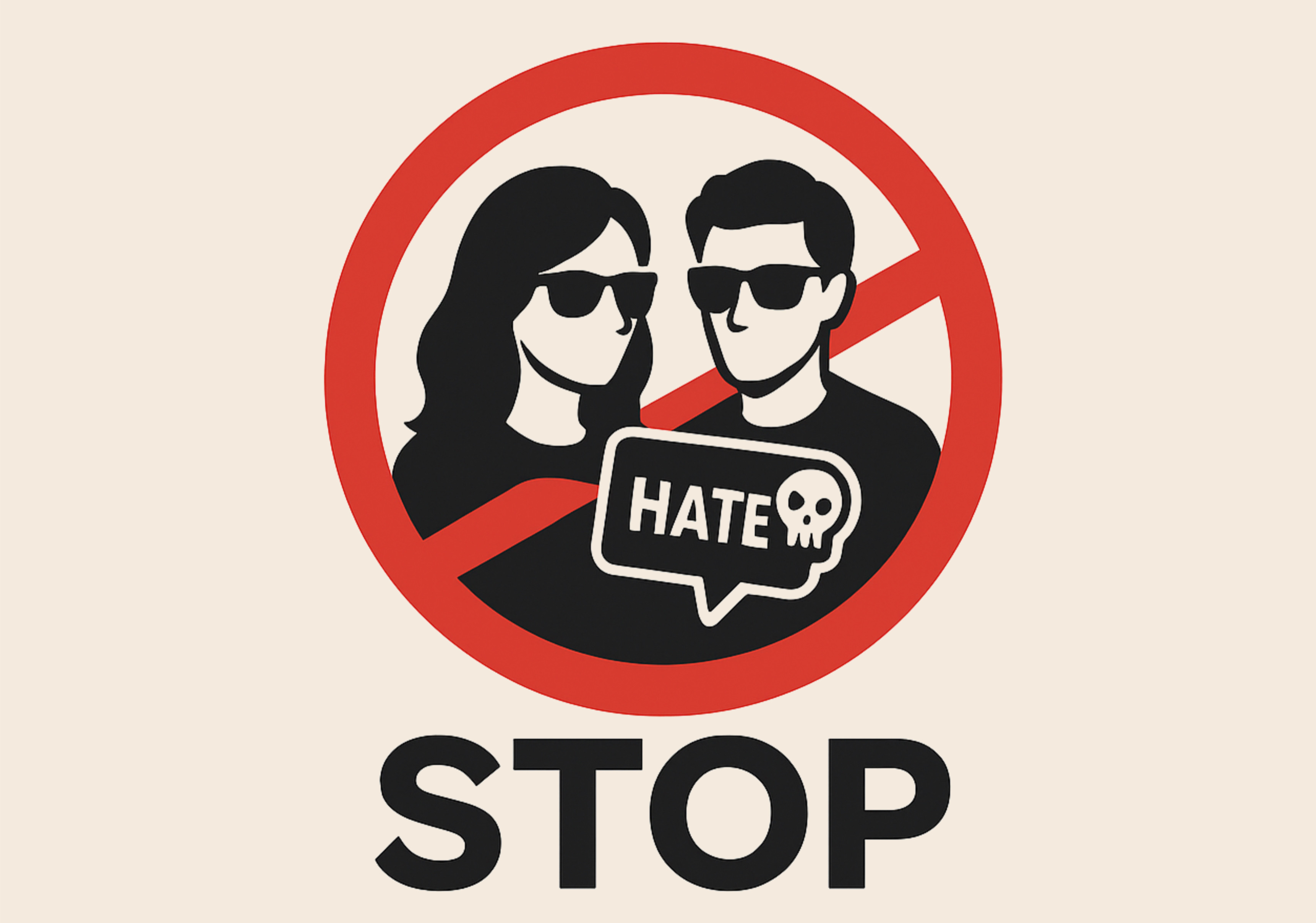
The principle of veracity is a cornerstone in the protection of honor and reputation under both criminal and civil law in South Korea. In today’s highly digitalized media environment, the dissemination of unverified accusations not only threatens the dignity of individuals but also undermines public confidence in the media and in the justice system itself. The case of actor Kim Soo-hyun, accused by the digital outlet Gaseyeon of having maintained an illicit relationship with the late actress Kim Sae-ron since her school years, serves as a paradigmatic example. A legal analysis reveals a marked discrepancy between the public accusations and the objective evidence available.
I. Documentary Evidence and Verifiable Chronology
1. Personal Letters
- Military letter (June 9, 2018): written during the actor’s mandatory military service, this letter makes reference to military routine and briefly mentions the recipient, but lacks any romantic content.
- University postcard (November 1, 2019): written during the actress’s university years, it contains affectionate expressions typical of a budding adult relationship.
The temporal distance between both documents demonstrates that the romantic relationship began around 2019, thereby excluding the hypothesis of a teenage involvement.
2. Photographs and Audiovisual Records
The published material depicts the deceased as an adult, within contexts of ordinary affection, and contains no signs of coercion or exploitation.
II. Legal Framework: Defamation and Statutory Rape under Korean Law
According to the Supreme Court of Korea (2013Do12430, among others), falsehood in defamation cases is assessed by examining whether the essential elements of a statement correspond to objective truth:
- Secondary exaggerations → do not constitute falsehood.
- Distortions of the essence of the facts → do constitute defamatory falsehood.
At the time in question, Korean criminal law penalized sexual relations with minors in contexts of manipulation or lack of consent. The media accusation explicitly situates itself within this legal category. However, the objective evidence shows that the relationship began when both parties were already adults, thus excluding the statutory elements of the offense.
III. Essential Falsehood in the Accusations
The essence of the accusations is that Kim Soo-hyun sustained a sexual relationship with a minor during her school years, situating him within the legal framework of statutory rape and abuse.
The verifiable reality demonstrates otherwise:
- The relationship began in 2019, with both parties in adulthood.
- There is an absence of evidence proving prior intimate contact.
Accordingly, the accusation does not amount to a mere exaggeration but rather a false assertion regarding the core facts, producing direct harm to the actor’s honor and reputation.
IV. Media Escalation and Responsibility
The conduct of the media outlet and its host aggravated the initial falsehood through:
- Comparisons with the Nth Room case (a notorious digital sexual exploitation scandal).
- The use of labels such as “child sex offender.”
- Promises of “serious, extensive evidence” that were never verified.
Such conduct not only intensifies the defamatory nature of the accusations but also evidences an irresponsible exercise of freedom of expression, contrary to the principle of truthful reporting enshrined in Korean jurisprudence.
V. Conclusions
The joint assessment of the documentary evidence and the applicable Korean legal framework leads to three firm conclusions:
- Commencement of the relationship: objective records establish that the relationship began in adulthood, around 2019.
- Absence of criminal conduct: no factual or legal basis exists for statutory rape or exploitation of minors.
- Defamation through essential falsehood: the accusations distort the central facts, thereby falling squarely within the category of defamatory falsehood as defined by the Supreme Court of Korea.
Final Reflection
Thus, the issue at stake is no longer a factual question—already clarified by the documentary record—but rather the delay in legal and media accountability:
What is the delay in the case when the letters are already on the table?






Comments (2)
Que patético el que busca un artículo sobre un actor que no le gusta, dedica tiempo a leer el artículo completo y luego dice que es patético 🤣🤣🤣🤣PATEEEEETICO, con mayúsculas
Kim Soo-hyun is just another overrated actor. Stop acting like he’s some saint. The documentary is just damage control for his image. Pathetic.”
Leave a Reply
Sign in to leave a comment
Sign in with Google